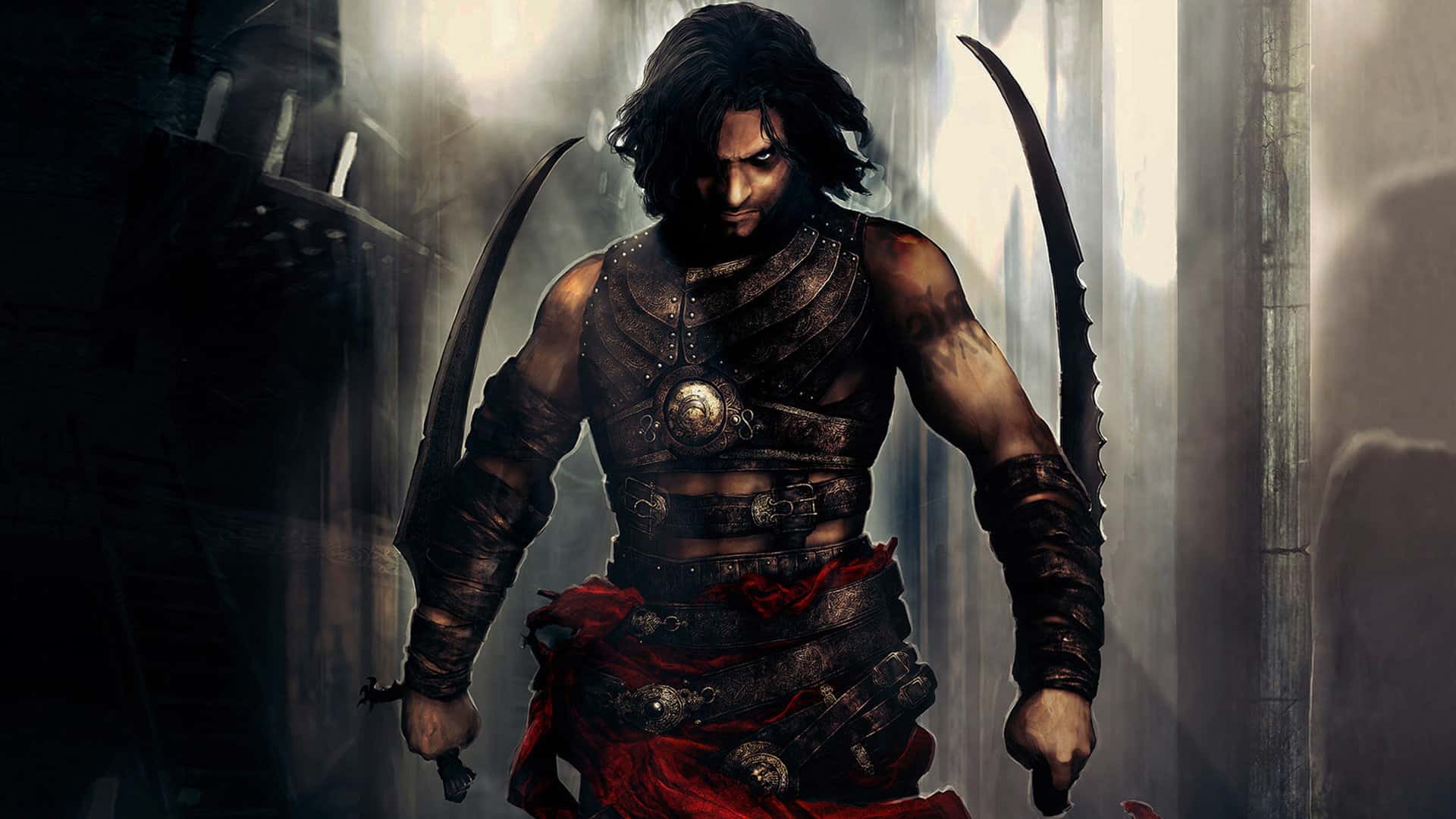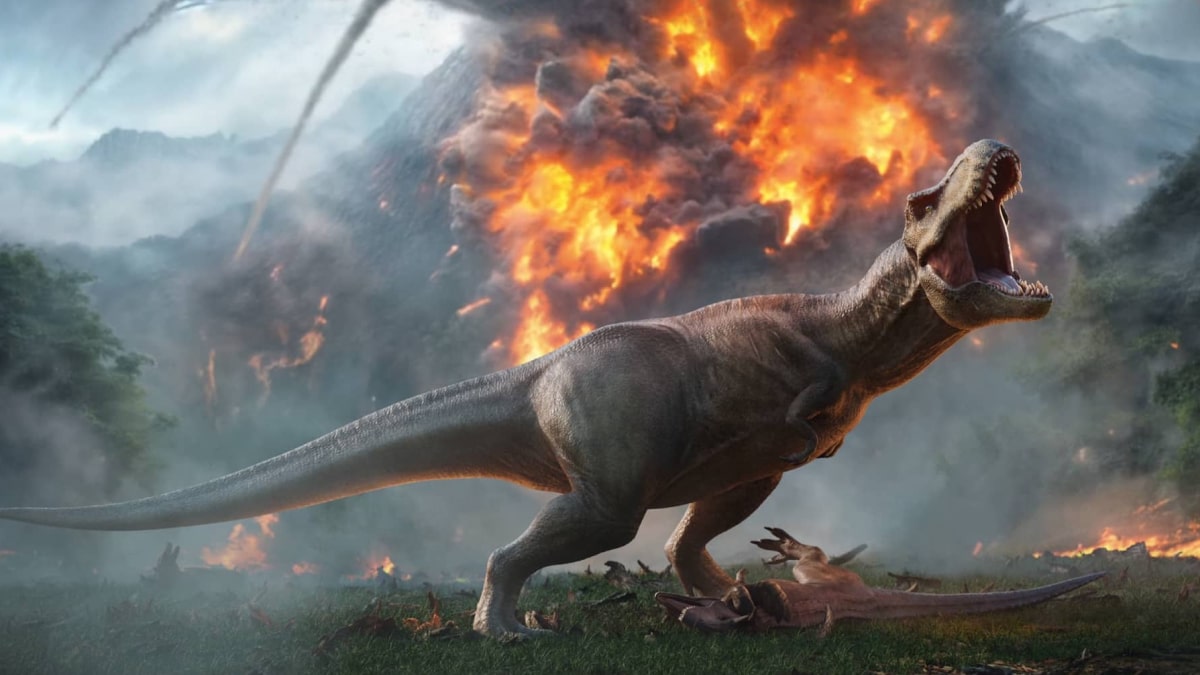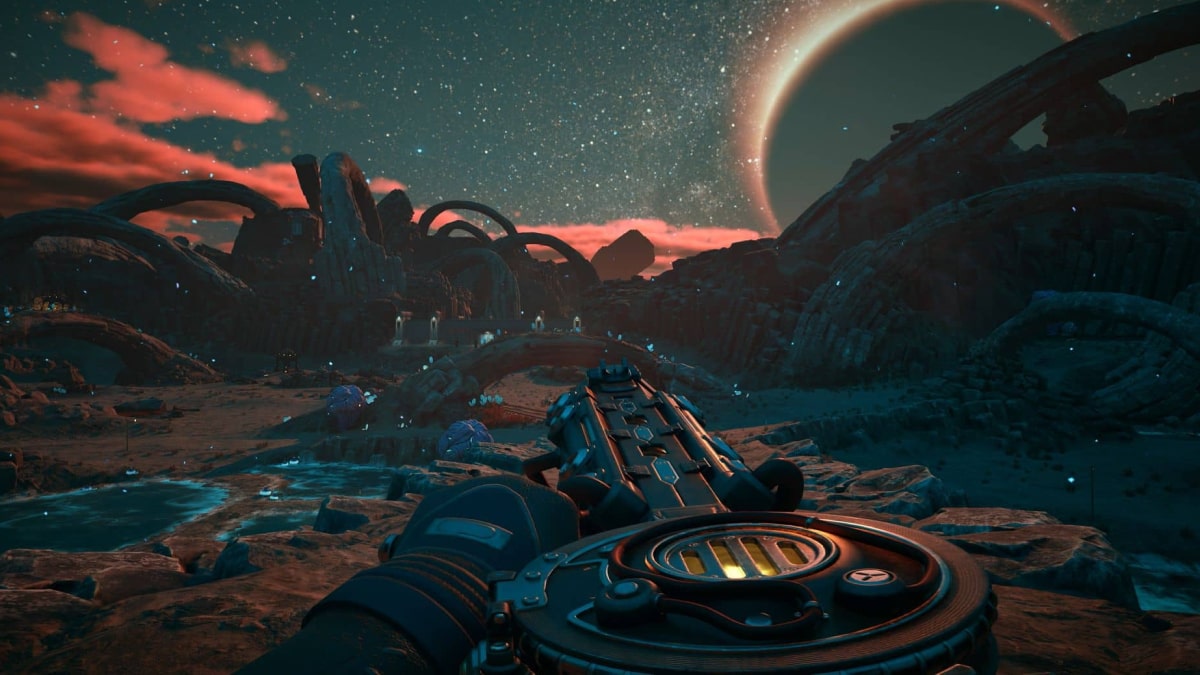You can trust VideoGamer. Our team of gaming experts spend hours testing and reviewing the latest games, to ensure you're reading the most comprehensive guide possible. Rest assured, all imagery and advice is unique and original. Check out how we test and review games here
he most satisfying moments in a gamer’s life are when they play something that makes them forget its all about the money. Just a timeless, treasured expression, where, yes, you can firmly believe that the product was sneaked past the ad department, the cynical fat-cats, and the corporate yes-men like a vulnerable child. The game contains a sense of goodness and wonder that is so utterly alien to monthly targets or financial years.
Prince of Persia made many forget that it was all about the money, they stood in amazement that a comparative giant like Ubisoft could keep their figures in the black and realize modern fairy-tales; first Beyond Good & Evil, now this. Unfortunately, as with countless other titles that made gamers forget they were playing something which was mass-manufactured, Prince of Persia was too busy dazzling their senses to reach far enough into their wallets.
Fans of the original only need to sample the opening section of Warrior Within to start uncomfortable speculation about how such a product was formed. Concern sparked on message boards as the information slowly leaked out, despite PR forumites cooing words of reassurance, such as this just being a ‘natural, new direction for the Prince’ and ‘we haven’t forgotten what made POP great,’ they couldn’t disguise the feeling of focus-group which screamed from every pore of Warrior within.
Still, it couldn’t be that bad surely. The plot was a promising one, and seemed to honour the original game.
After unleashing the sands then manipulating time so that the incident never actually occurred, the Prince avoided a catastrophe and got away scot-free, or so he thought. Problem is, he wasn’t supposed to survive, and now for the past seven years an invincible Guardian of the timeline, a ‘Dahaka’, has been pursuing him day and night, seeking his untimely demise.
In one final, desperate scheme, he aims to travel to the island of time, return to the past, and prevent the sands from ever being created. Therefore preventing them from falling into the Maharaja’s hands, and in the process causing a temporal paradox that would have Doc Brown frothing at the mouth.
So, how bad could it be?
Haunting, often beautiful, Arabian style music. Gone. Replaced now with a riffing Godsmack soundtrack, crunching electric guitars urging you into a bristly mindset. A rude, yet well-intentioned and good-hearted hero, someone charming but crass enough for us to relate to. Gone. Replaced now with a brooding, dual-wielding badass who curses and taunts his enemies. Soft-focus, lightly coloured, shimmering environments, full of Eastern flavour.
Gone.
What we have now is, technically, a very accomplished product, ignoring for one moment the bugs present, but it suffers from a painful lack of soul. The majority of Warrior Within’s environments are relentlessly gritty and dark affairs, inspiring as much a sense of lingering depression in the gamer as Prince of Persia did a lightness of mood. Time spent in the more fluid and alive levels such as the Clockwork tower, or colourful and organic vistas such as the Water Garden, only makes your sense of returning to dank hallways and yet another marathon of traps all the more oppressive.
Ubisoft have spent much time trumpeting the merits of their all-new combat system, yet it continues to stand as little more than a wedge between the player and the real heart of the Prince of Persia franchise; platforming.
Enemies will be avoided, more often that not, simply because even on the easiest mode they soak up too many hits and you can just leap to a higher point and leave them milling about aimlessly, still spouting one-liners. There are periods of enforced combat, and these become, unfortunately, more numerous as the game draws on, but at least Warrior Within has an option here which Prince of Persia so sorely lacked, with teleporting foes that could follow you anywhere.
While there are an impressive amount of attacks which can be chained together, enabling you to alternate between weapons in the left and right hand, it seems likely that most will just mash buttons when surrounded. Lacking the vicious fluidity of Ninja Gaiden, or the sheer style of Devil May Cry, Warrior Within can offer little here except more moves, more enemies, and more blood over the original.
Ah yes, blood, the true sign of grim maturity.
It oozes from every pore; it splatters across the game over screen, flows down the loading one, and gushes from enemies as you decapitate or slice them in half, often in automatically triggered slow-motion. This is gore for gore’s sake, seeing as these enemies are sand creatures, just as in the original, and therefore there isn’t supposed to be an ounce of blood left in them.
For those who wish to continue picking at the loose threads, the time manipulating mechanic is present, yet for those who valued POP’s storyline, it’s pretty far from correct. The Prince now has Farrah’s medallion, except that medallion never enabled her to manipulate or store the Sands, just to resist their influence.
Like a hastily painted forgery, Warrior Within copies the broadest strokes of the creator’s original vision, yet slips up on smaller details such as these. Every facet of this title has been targeted at making it a conversation piece between mainstream gamers, from the new identity of the Prince to the enemies he faces. You’ll tangle several times with a female adversary who looks like she just stepped off a fetish shoot; breasts barely contained behind a metallic strip which winds round her supple body and terminates in a steel G-string. Finally defeat her and discover with mild dismay that the girl you’ve just rescued seems to favour low-cut dresses to better display her obvious attributes; there’s no escaping the crassness of this design.
Step away from the heaving mammaries and find a selection of enemies who reel off so many wannabe-cool sound bytes, its amazing they ever find time to pick up a sword, let alone swing one. Your fights will be punctuated with ‘Hit me harder Prince, harder!’, ‘I like you in this position’, ‘he’s the one the Empress wants dead!’, and your own character’s gruff put-downs.
The Dahaka itself appears in chase sequences throughout the game, forcing you into sequences which, at best, are fast-paced and exciting, and at worst extended trial and error affairs. Fortunately Ubisoft seem to have realised this, granting the player a restart point with every failed attempt, although their attempts to use the Dahaka at points to generate a sense of acceleration in the story fall flat. Seeing little reward for defeating a boss is one thing, but after that battle, having to suffer through three consecutive Dahaka chases, just to try and impress on the player that the Prince’s attempts to thwart the beast have failed, is bad design.
Still, despite all of this, it would be churlish to say that Warrior Within hasn’t maintained some measure of what made Prince of Persia great. There are moments of pure platforming delight, particularly within the two towers, before the game seems to lose its way and resort to endless, trap filled corridors. The clockwork tower is a wonder to behold, both in the past and present; you swing and leap from one giant pivot or insignificant cog to the next, marvelling at the fluid, acrobatic control the Prince hands over to you so easily.
The past-present system, while at first seeming like a gimmick designed to rehash levels, does provide some interesting moments. Access a portal to transfer between times and a machine seized in the future will be working perfectly in the past, allowing you to continue further, or a route previously blocked off in the fortresses’ golden age will now have opened up due to mold and decay suffered in the present.
Lost in the best moments, almost instinctively guiding the Prince from one rock face to another while the open landscape stretches out before you, it can be easy to forgive Warrior Within’s stylistic flaws. This is gaming at its most pure and vicarious; controlling an avatar that pulls off acrobatic moves we can barely conceive of, let alone achieve ourselves, your reactions at the pad rewarded by a ballet of smooth transitions. Snap. You’re surrounded by enemies, being pummelled to within an inch of your life, generic rock music kicks in and the mood is shattered in an instant.
This is perhaps Warrior Within’s Achilles heel, trying to blend two distinct flavours of gameplay together and, as a result, never excelling in either. Rather than strengthening, supporting one another, the new focus on combat is at direct odds with Warrior Within’s more sublime platforming, and vice versa. Witness just how quickly the infuriating, exploding dogs can ruin an otherwise excellent level, drawing frustrated curses where a moment ago there was only wonder.
In trying to appeal to the mainstream, while holding out the occasional olive branch to their faithful, Ubisoft run the risk of satisfying neither. The distinct style of Prince of Persia has been extracted, almost surgically, but in doing so they have unwittingly exaggerated flaws rather than correcting them.
Warrior Within buoys itself up defiantly; it addresses POP’s unsatisfying combat by giving you even more of the same, throwing away an intricately developed character and replacing him with an ad hoc stereotype, yet despite these layers of targeted appeal, it cannot disguise or comfortably move away from the true strengths of the series.
It can only weigh them down.
Prince of Persia: Warrior Within
- Platform(s): GameCube, iOS, PC, PlayStation 2, PlayStation 3, Xbox
- Genre(s): Action, Adventure, Platformer







